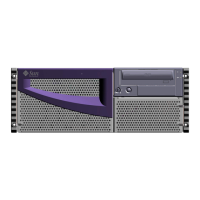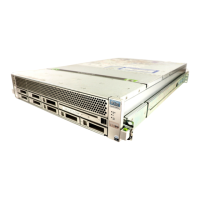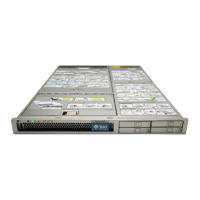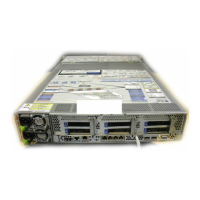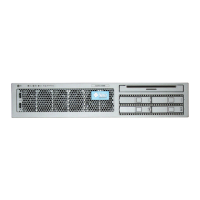Chapter 1 Introduction to Dynamic Reconfiguration 3
Note – You can hot-plug any standard PCI card, provided a suitable software driver
exists for the Solaris Operating System, and the driver supports PCI hot-plug
operations. In addition, the card must comply with the PCI Hot-Plug Specification
Revision 1.1.
About User Interfaces for Hot-Plug
Operations
There are two different methods for performing PCI hot-plug operations on Sun Fire
V890 systems:
■ Push-button method
■ Command-line method
The push-button method relies on push buttons and status LEDs located near each
PCI card slot. To initiate a hot-plug operation, press the push button for the
corresponding slot. Three status LEDs located near each slot indicate successful
results or failure conditions.
The command-line method lets you perform hot-plug operations via a remote login
session, a locally attached console, or an SC console. This method involves the
Solaris cfgadm(1M) command, and uses the LEDs near each slot to indicate where
to insert or remove the affected card.
Both hot-plug methods use the status LEDs located near each PCI slot. These LEDs
indicate when it is safe to insert or remove a card from its slot, and show whether
the operation has succeeded or failed. For additional details on Sun Fire V890 hot-
plug status LEDs, see
“About the Status LEDs” on page 12.
Note – Regardless of the method you use, it is often necessary to perform additional
administrative steps to prepare for a hot-plug removal operation. Prior to
performing a removal operation, you must ensure that the devices residing on the
card are not currently in use. To identify and manually terminate usage of such
devices, you can use standard Solaris Operating System commands such as
mount(1M), umount(1M), swap(1M), ifconfig(1M), and ps(1).
For detailed PCI hot-plug procedures, see Chapter 2.

